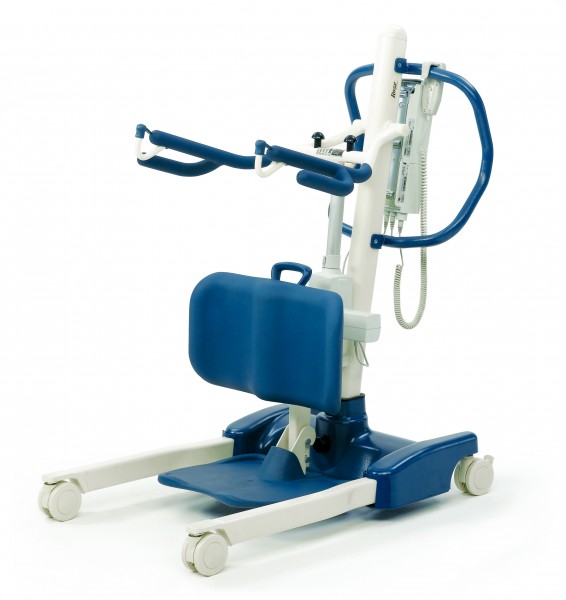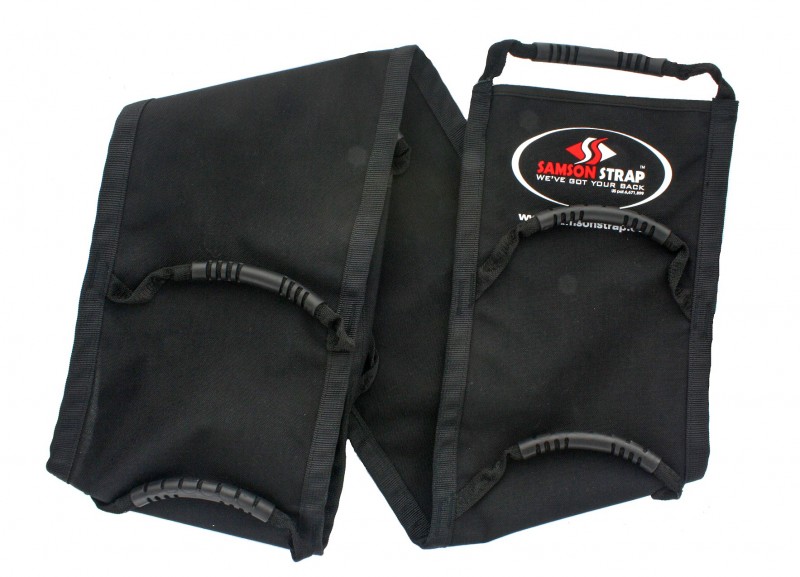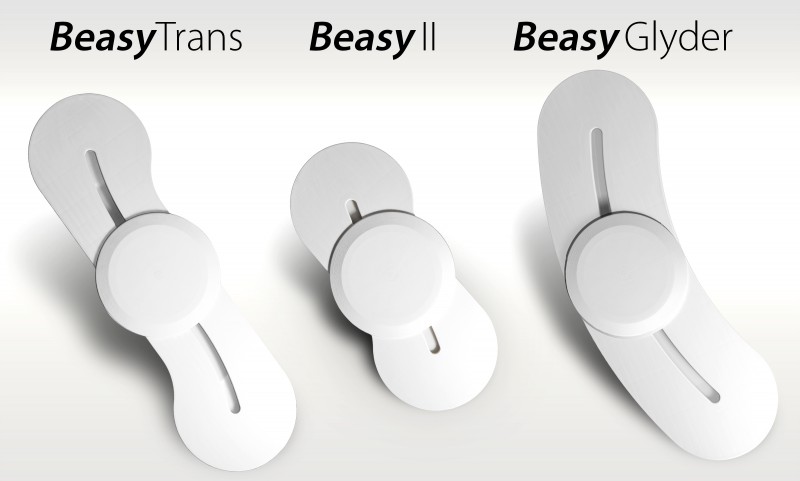Key considerations for lift and transfer devices
Monday, January 29, 2018
INVACARE CORPORATION
Mark Palumbo Corporate Accounts Manager invacare.com Roze Stand-up Lift
Roze Stand-up LiftSAMSON STRAP
Jeff Oja Owner and Inventor samsonstrap.com Samson Strap
Samson StrapBEASYTRANS SYSTEMS, INC.
Linda Pavek General Manager beasyboards.com Beasy Boards
Beasy BoardsLAVIN LIFT STRAPS
Donna Gilkey Lavin Sales and Marketing lavinlift.com- Allows one caregiver to safely change and clean incontinent, bedridden patients.
- Allows one caregiver the ability to suspend limbs of patients so procedures can be performed rather than have multiple caregivers hold up the limbs while tending to wounds, inserting catheters, surgical prep and/or performing physical therapy/range of motion exercises while seated or prone.
